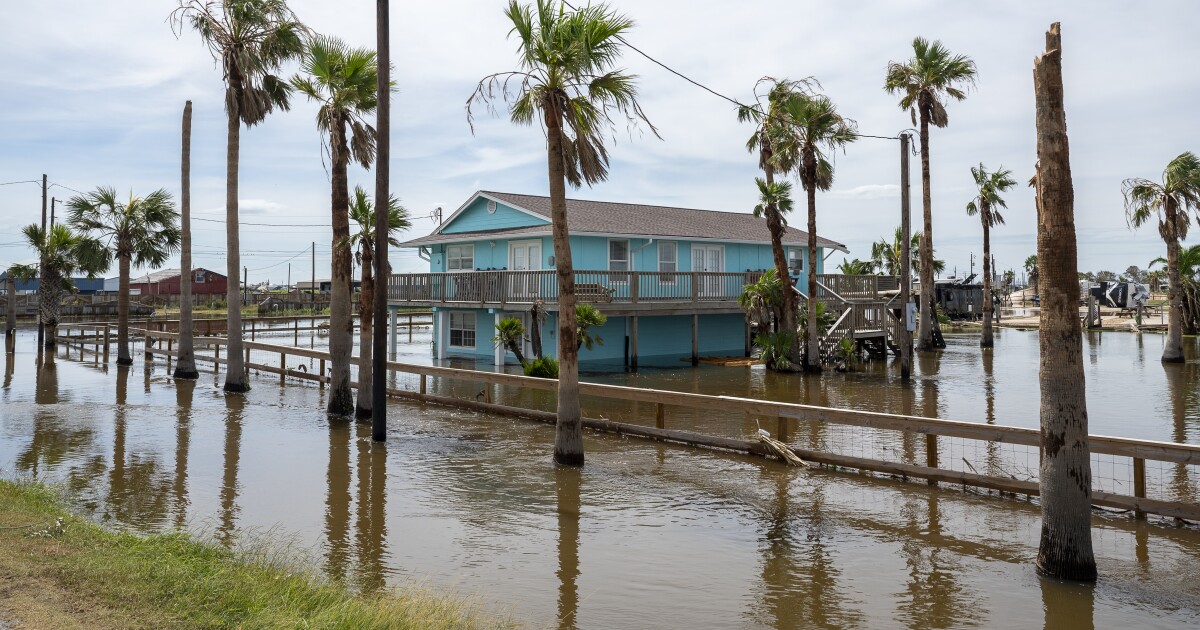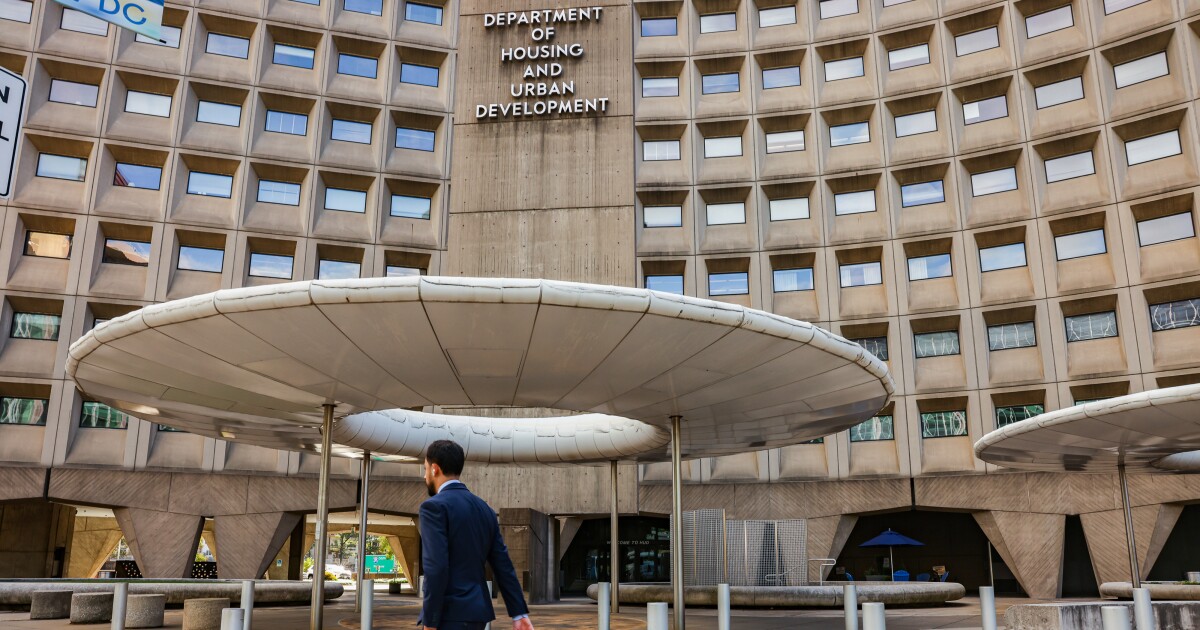
While mortgage arrears fell month-to-month in July, servicers did have to contend with a local uptick from
The delinquency rate fell 12 basis points to 3.37%, erasing only around one-fourth of
The prepayment rate rose to 0.6% from 0.53%, marking a high not seen since September 2022. The move was in line with an earlier ICE report indicating that
While prepayments and delinquencies have experienced some monthly increases recently, both remain historically low. This is due to the fact that many outstanding borrowers have below-market rates and home equity levels have been high.
However, with some monetary policymakers signaling plans to cut financing costs, servicers have been bracing themselves for a small but growing level of prepayment risk through implementing strategies like hedging or recapture.
At the moment, mortgage payoffs appear to be a larger risk than borrower performance for servicing. While
That said, some experts think there's still some uncertainty around whether mortgage rates will fall. A cut in short-term rates federal officials hold sway over doesn't always equate to reduced housing finance costs for consumers.
When it comes to what monetary policy's influence on home loans, "I think it's more about the message that the Fed is going to be sending than what they actually do," said Melissa Cohn, regional vice president of William Raveis Mortgage.
Comments on "whether more rate cuts are needed and when" are what are most likely to affect long-term mortgage financing, Cohn said in an emailed press statement. The market has largely priced in expectations for a September Fed rate cut.
Consumer perceptions of any rate moves and whether they respond with actual refinancing also determines whether or how much prepayment activity occurs.
"I've heard from a lot of people who locked in over the course of the past 18 months, when rates were at their peak, already asking whether it's time to refinance and what savings they could have," she said.
Meanwhile, as far as the delinquency outlook, although home prices have fallen in some areas, they've more often been rising at a slower rate, which suggests equity levels will remain strong. Other indicators around consumers' ability to repay have been mixed.
All else being equal, when there is equity in a distressed borrower's property they are more likely to prepay or agree to sell their home outside of foreclosure.
Foreclosure starts rose by 7,000 or 30% on a consecutive month basis to 30,000, but ICE reported that the move was "partially a byproduct of hitting a multiyear low the month prior rather than a sign of underlying stress in the market."
The number of foreclosed homes in inventory jumped by 2,000 to 188,000, "but remains at its second-lowest level since January 2022 and is still 34% below pre-pandemic levels," according to ICE.
Foreclosed homes sold totaled 5,500, up 3.69% monthly but down 9.57% annually.
Properties that were late by 90 days or more and weren't in foreclosure numbered 435,000 last month, up 5,000 from June but down 33,000 from a year ago.
The states with the highest percentage of loans 90-plus days delinquent during the month were Mississippi at 2.08%, followed by Louisiana, 1.85%; Alabama, 45%; Arkansas, 1.28%; and Indiana, 1.16%.



